Gigs, Giggles and The Occasional Bad Trip
This week's groove: How Austin Creatives Keep on Keepin' On
Almost every creative takes on a side hustle. SXSW Co-Founder Roland Swenson waited tables. Lucinda Williams worked in the dress shop below Inner Sanctum Records. Bruce Spelman modeled long underwear as a live mannequin around the corner at Whole Earth Provision Company.



That was the life, a scene wonderfully described by Michael Corcoran.
“Inner Sanctum had a $1 rental policy for LPs, which were usually taped, returned and reshelved at 50 cents off. They also started the record store keg party on Fridays, and had bands play regularly in the parking lot. That’s how you start a scene.” Michael Corcoran, Overserved
Austin has a long free-labor tradition, so much so it’s part of the city’s folklore — volunteers pitched in to put together the Vulcan and the Armadillo, at SXSW they trade time for a badge, and for countless indie features the only payment was still is in the credits. Arguably, nothing really out there gets off the ground without free help.

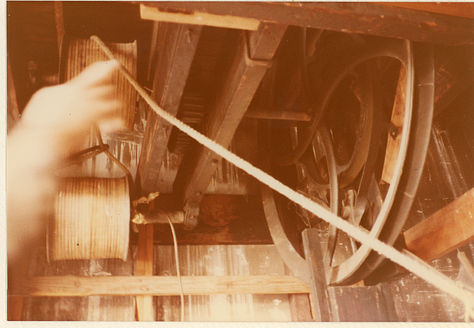
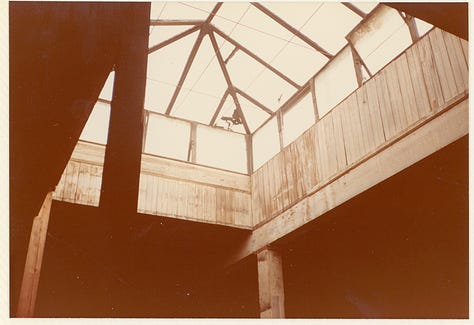

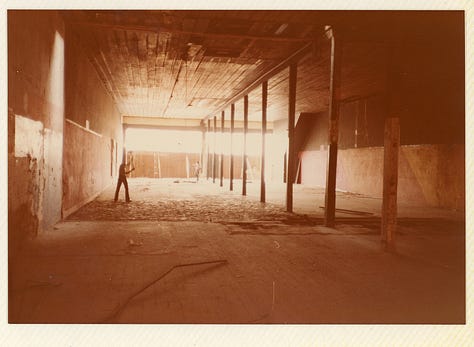

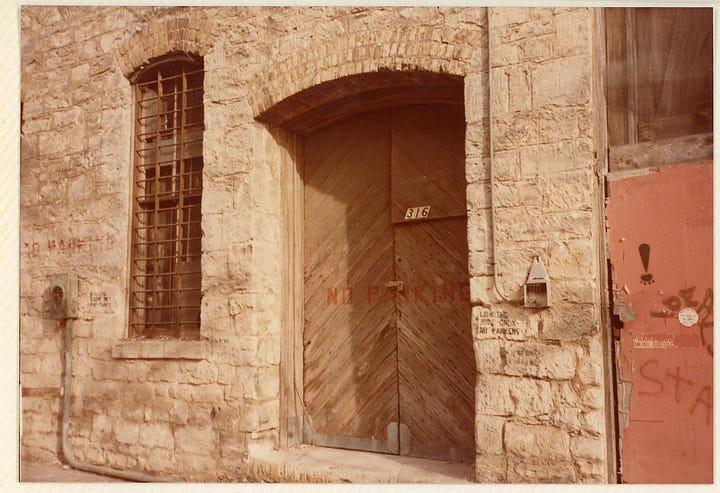
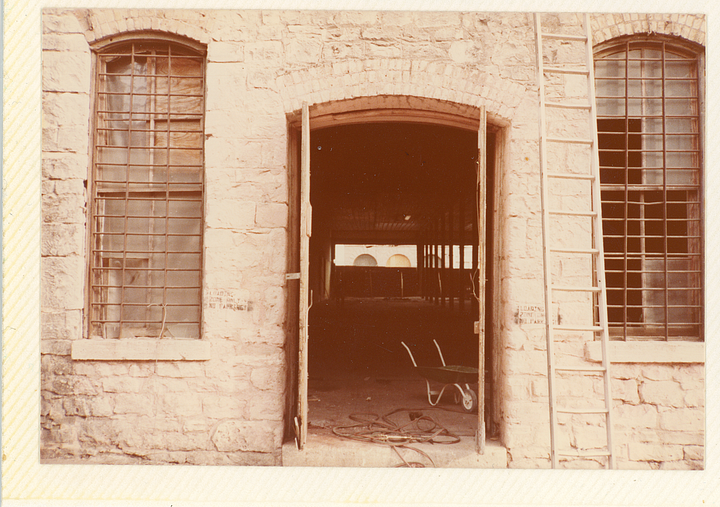
How do we do that now? When rent’s no longer $35 a month for a room and $150 a month for a venue on Congress? That is why Happy Heat covers the housing coops, the performance fair pay debate, the tug of war between bosses and workers. The tension between paying bills and making art.
Everything great that I’ve been part of has been created by a team — a group of deeply committed individuals with complimentary skills. Post-pandemic the entire way we define community and work has shifted — we’re hybrid, connecting sometimes virtually, sometimes in person. Along this blurred line, how do we collaborate? How do we lift each other up? The question’s being asked by a lot of folks, including Arts+Labor Production Coordinator and filmmaker Lauren Yap.
Fighting Film Bros and Imposter Syndrome
As we’ve highlighted in Happy Heat, I Need Space Director Lauren Yap’s documenting the challenges Austin poses to queer culture. She’s also one of the lead characters in PJ Raval’s Who We Become, currently on Netflix.
The unique film documents three Filipinas coming of age during the pandemic. Lauren catches up with fellow profile subject Monica.
Lauren - Something I like about the documentary is that it is user generated, giving us a sense of intimacy you wouldn’t necessarily get if an entire film crew was there. The DIY aesthetic is something that I didn't think was possible to have in a film for people to take seriously, but this definitely changed my mind.
Monica - And it’s a less gatekeepy way to make films and content, showing that anyone can do it. You don’t need to pay thousands of dollars for fancy equipment, if you have a vision you can make it happen. I don't know about you, but I felt super intimidated in film school by all the film bros.
Lauren - Yeah you know, we’re women of color... and (UT professor) Curran Nault asked me one time, “do you think that you put yourself in more of a producer or editor role versus DP/director because you felt that it was safer?” because we're not encouraged as much as others to be in the shiny director/DP roles. I never thought about it until he asked.
Monica - Wow. Okay. I don't know if we were taught to distrust our own instinct or not value our vision as much. Well, now I have to reflect back on that.
Lauren - Not just in film, but for every decision (as women and children of immigrants) we're taught growing up to question ourselves, which is one of the reasons why we have that imposter syndrome. And so that's ingrained in us, especially in this field.
Monica - I do feel like this film has helped me realize the way that plays out in my own life. It personally was a stepping stone to helping me understand myself a little more.
Lauren - Definitely. In the film I have an intimate conversation with my family, but it wasn’t until I watched it with them for the first time this year that we started to have deep and intentional conversations about everything from our political beliefs to life values. All while still holding space for each other, which is not necessarily how cross-generational conversations go nowadays.
The Power of Community
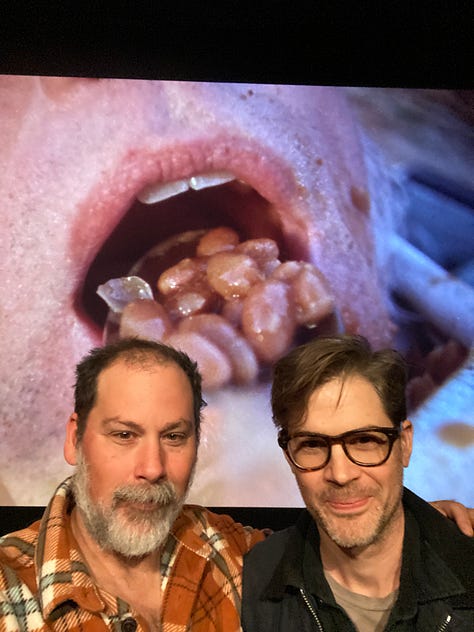
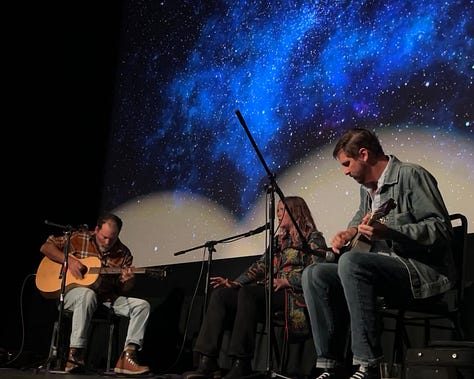
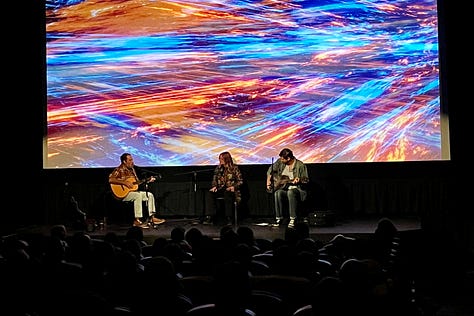
Local non-profits The Austin Film Society and Spaceflight teamed up Friday for a special screening and acoustic performance at AFS Cinema by Spaceflight artist Thee Conductor.
The band also premiered its new music video “Big Man”, a short film about a girl caring for her injured dad and baked beans, directed by Arts+Labor’s Cody Ground.
The performance featured new music from the upcoming record “Ennoia”, which includes guest vocals from Bonnie ‘Prince’ Billy. Stay tuned for the online premiere.
UT’s Most Popular Class


In the late 70s, the University of Texas Music School asked a young faculty member, Dr. Jerry Dean (aka Dr. Grigadean) to develop a class covering the history of rock and roll. Their goal with the offering was to boost enrollment in the Music School, thereby increasing University funding. The class succeeded beyond their wildest dreams, becoming the most popular at UT. Just as striking is Dr. Dean’s own story of change, told to Texas State professor and documentarian Barry Underhill.
Gigs and Giggles
Some of the funniest stories are road tales, fables from the through-the-looking glass world on the other side the stage. Remember Black Oak Arkansas? Almost forgotten here, until Bruce Spelman brought them up. Below’s an excerpt from a rough cut Bruce is developing with visual artist Cleve Hattersley.
Hattersley was the lead singer in Greezy Wheels, and also took a little detour to Huntsville, as described in his own book.
In 1970, Cleve was busted carrying thirty pounds of pot to NYC which he intended to sell out of the Fillmore. He spent from 1973-1974 in Huntsville (TX) State Penitentiary for his efforts. His band, superstars at the world-renowned Armadillo World Headquarters, signed with London Records almost immediately after he was released.
A story for another day. On we go!







